Wilfred Emory Cutshaw
1883
200 West Marshall Street
With the aid of a unique site, a storied neighborhood, the talents of a prolific architect, and a vital contemporary organization, Gallery 5 has developed as rich a narrative as nearly any building in Richmond. A venue for visual and performance art, the gallery often brings hundreds out to its shows, especially on First Fridays when exhibit openings are paired with a closed off street, music, fire spinning, and food trucks. Located a block north of Broad Street, the main artery of Richmond’s First Fridays art walk, Gallery 5 consistently draws people into Jackson Ward.
Gallery 5’s site began its life as Virginia’s first firehouse in 1849. In 1883, it was agreed upon that the facility needed an update. The challenge was responded to deftly by long time Richmond city engineer Wilfred Emory Cutshaw. The triangular plot sits at the corner of Marshall Street and Brook Road, which runs at a diagonal to the city’s street grid. Cutshaw formed two bays on Marshall street spanned by a wrought iron balcony. The cool grey stucco and pressed metal cornice gives way to a raw brick addition in the back which reaches an acute point along Brook. The building is picturesque. No doubt, that is why the New York Times ran it as the cover photo in a recent travel piece on Richmond.
Gallery 5 is also the northern terminus of Jefferson Street. The building’s east bay is a perfect visual focal point for people walking north from Broad. Its relationship to the even more conspicuous corner bays of the neighboring Milk Bottle Building, so named for its multi-story bottle-shaped turrets, is another visual quirk of the site.
In 1968 after more than 100 years of service as Jackson Ward’s firehouse, the building was vacated. It was home to Virginia’s Fire and Police Museum for a time and was again left empty and threatened with demolition. After an extensive fundraising campaign, Gallery 5 renovated the space and opened in 2005. It has since become a city institution and has helped catalyze the growth that is opening doors which have been closed for years throughout Jackson Ward.
DOK
Photographs by author.


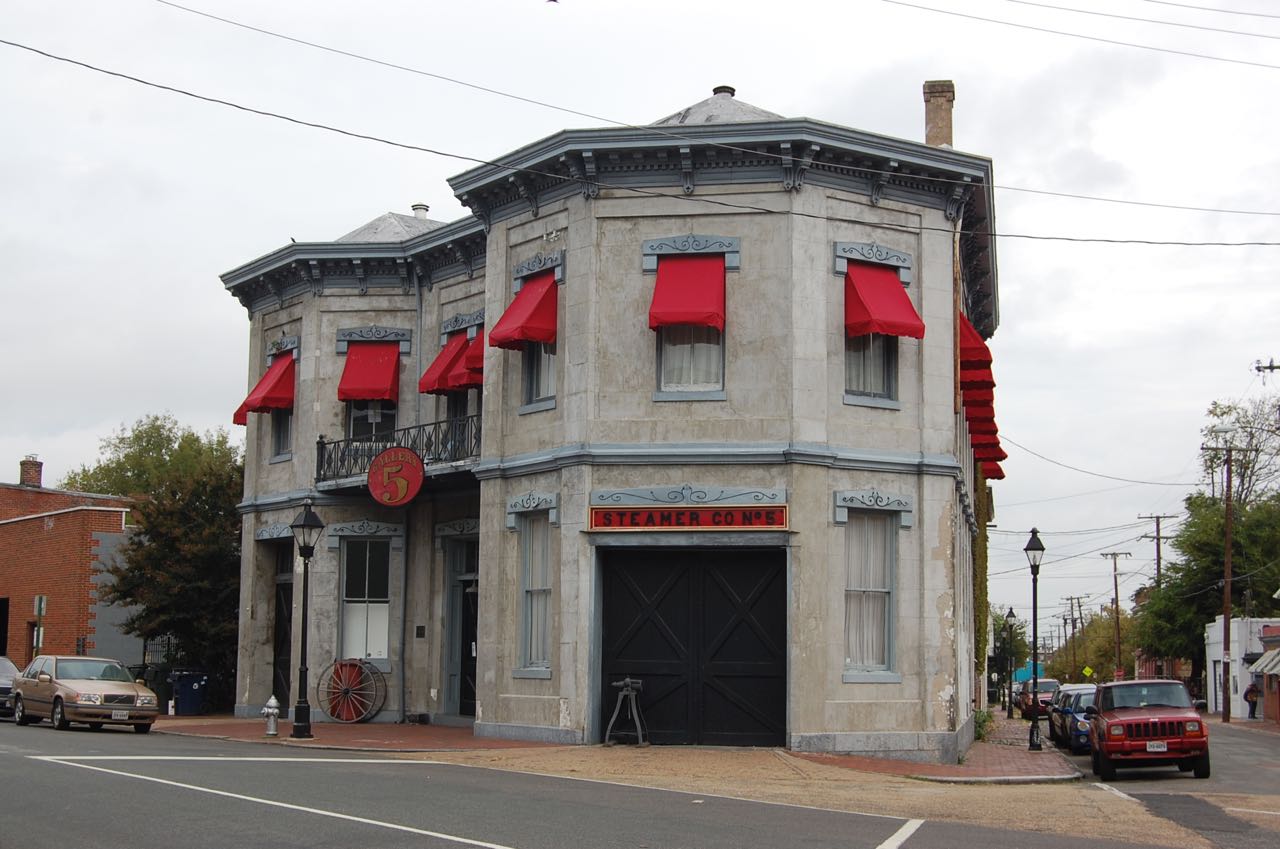
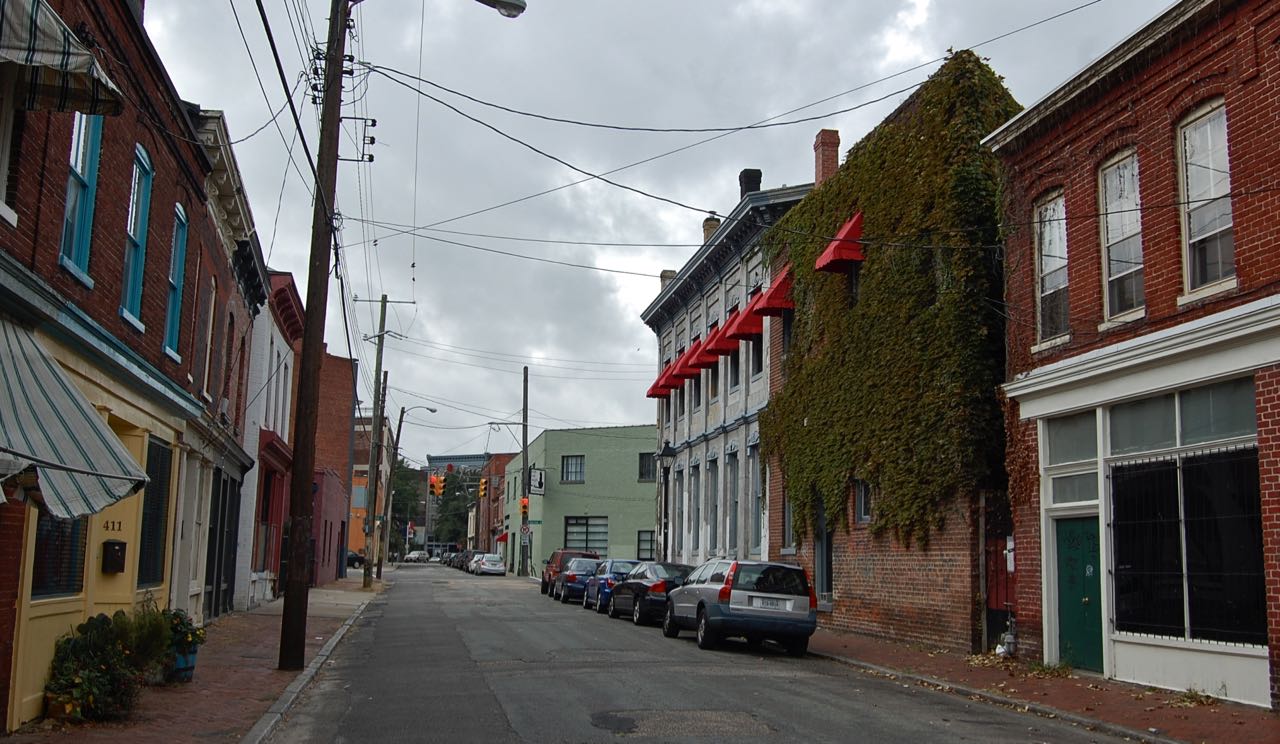


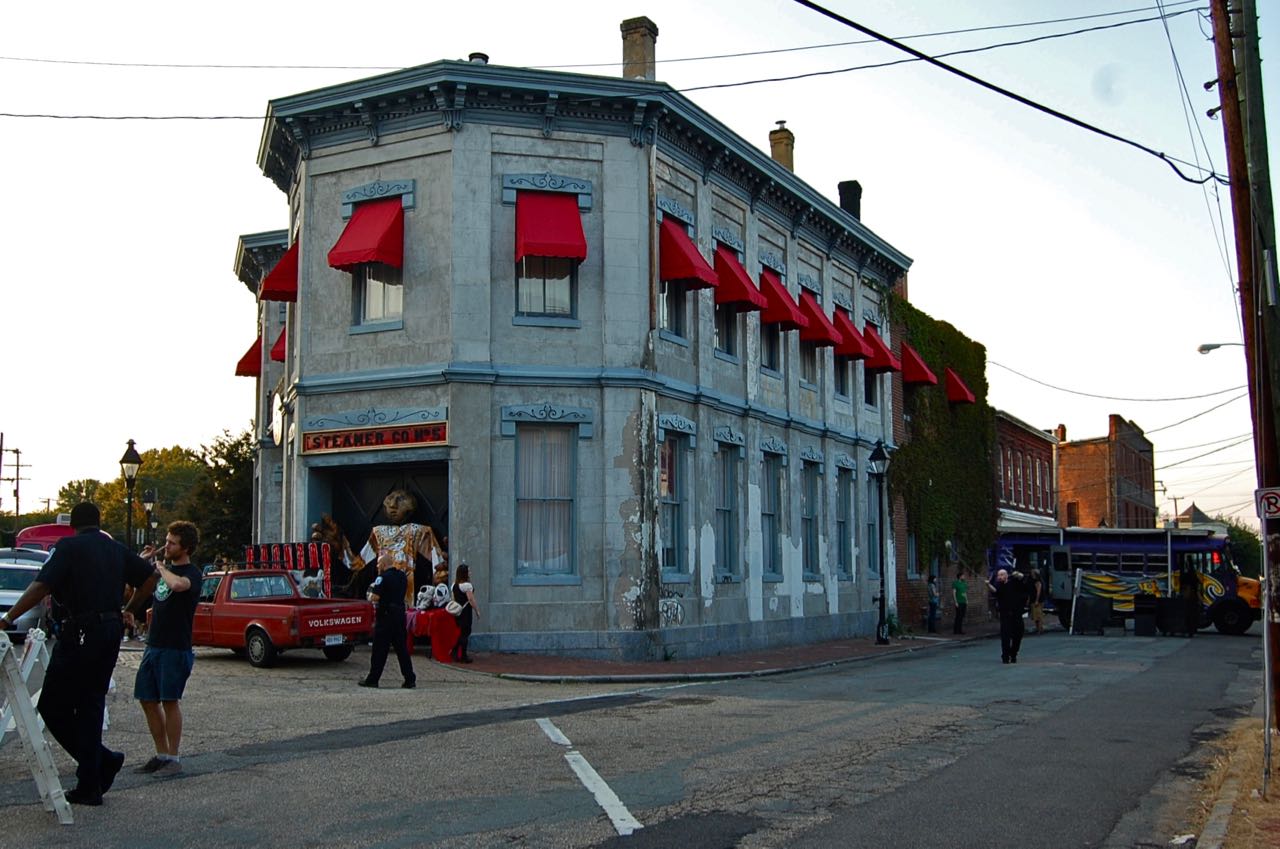
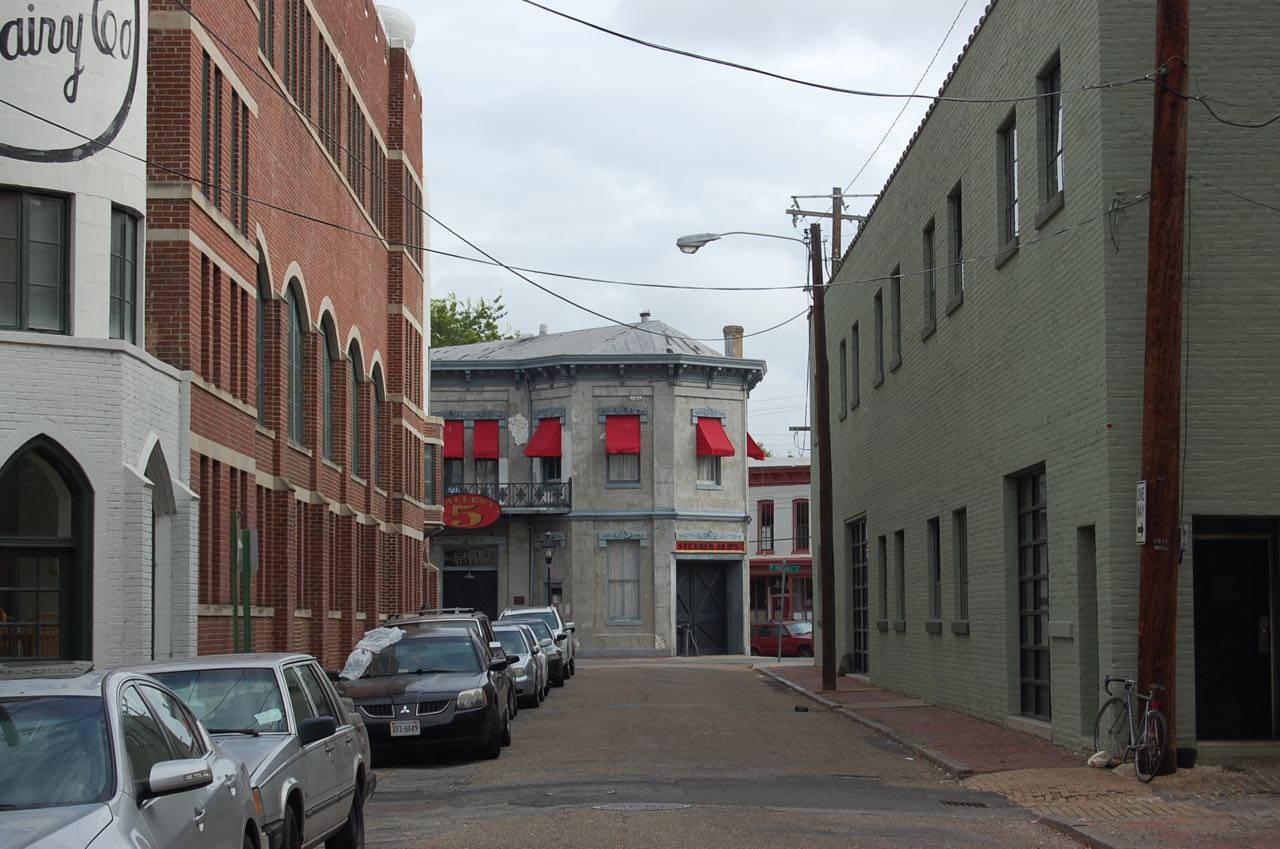
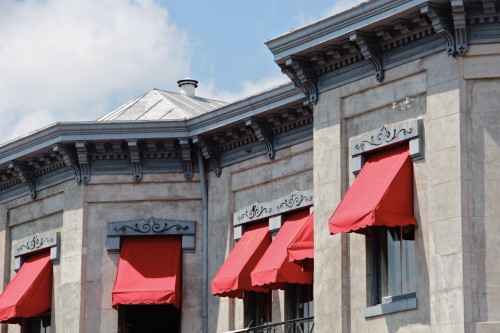
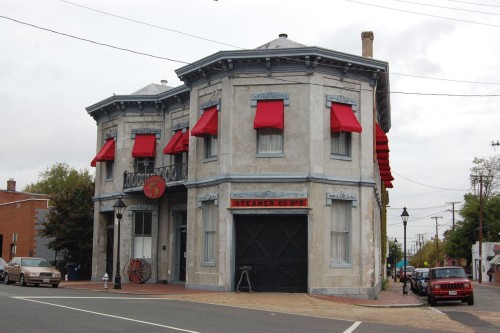
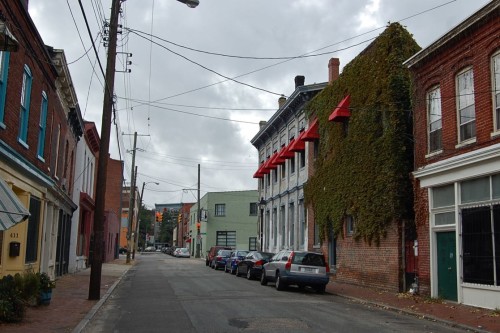
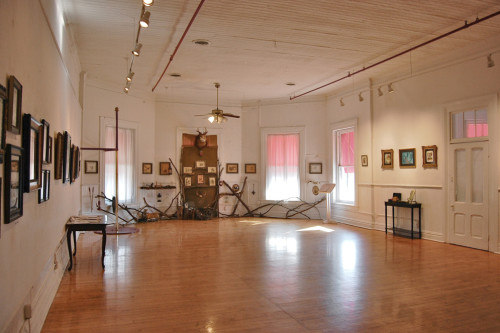


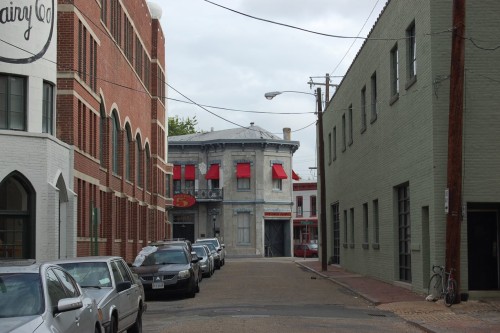
1 Comment
Although not mentioned here, a vital part of Steamer Company No. 5’s long history was the presence of a police precinct upstairs, complete with a three-cell lockup. Between the presence of the fire department on the first floor and the constant police patrols coming and going, Steamer Company No. 5 was a hub of activity, 24 hours a day, in the heart of Jackson Ward.
It should also be noted that a now-covered equipment door in the rear of the building allowed an innovative, “drive through” arrangement for horses and equipment and is another example of Cutshaw dealing with a challenging and triangular lot for his fire station.
Write a Comment